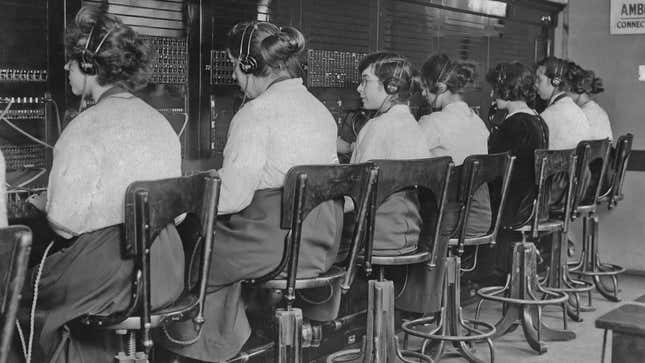Surprise! Covid-19 Has Completely Decimated Women in the Work Force
Latest

In April, statistics analyzed by Fuller Project for International Reporting determined that women were most impacted by coronavirus-related layoffs, especially because the industries most impacted—restaurants, retail stores, hospitality businesses—are often staffed by majority women workers. Around the same time, the National Women’s Law Center found that women who kept their jobs during covid-19 were more likely to be living in poverty. The following month, The Wall Street Journal reported that when the unemployment rate jumped from 4.4 percent in April to 14.7 in May, the rate of growth was disproportionate across genders: 16.2 percent among women to men’s 13.5 percent. Clearly, women have suffered as the economy has. With school back in session and childcare options largely nonexistent, many women have been forced to leave the labor force, many for good. Four months later, and conditions continue to be dire.
-

-

-

-

-

-

-

-

-

-

-

-

-

-

-

-

-

-

-

-

-

-

-

-

-

-

-

-

-

-

-

-

-

-

-

-

-

-

-

-








































